The Evolution of Modern Art: A Journey Through Time
Introduction
Modern art is a vibrant tapestry woven from the threads of various movements, styles, and philosophies that have emerged since the late 19th century. It challenges conventional aesthetic principles and mainstream art, aiming to reflect the complexities of contemporary life. This article explores the evolution of modern art, highlighting key movements, significant artists, and the historical context that shaped them, ultimately examining the lasting impact of modern art on societal values and contemporary creativity.
The Birth of Modern Art: Historical Context
To understand modern art, we must delve into the historical context of the late 19th and early 20th centuries. This period was characterized by rapid social, political, and technological changes. The Industrial Revolution transformed economies, while urbanization altered the landscape of society. Major events such as World War I and the Great Depression further influenced the artistic zeitgeist, prompting artists to seek new forms of expression.
The Influence of Impressionism
The Impressionist movement, which began in the 1860s, marked the first significant break from traditional representation. Artists like Claude Monet and Pierre-Auguste Renoir sought to capture the fleeting moments of light and atmosphere, moving away from detailed realism. This shift laid the foundation for modern art, encouraging experimentation with color, form, and perspective.
Impressionism emphasized subjective experience, which resonated with the tumultuous societal changes of the time. The movement’s focus on everyday life and the natural world appealed to a growing bourgeois audience, paving the way for future artistic explorations.
The Rise of Post-Impressionism
Following Impressionism, the Post-Impressionist movement emerged in the late 19th century, characterized by a diverse array of styles and approaches to painting. Artists like Vincent van Gogh, Paul Cézanne, and Georges Seurat built upon Impressionist techniques, incorporating emotional depth and structural form in their works.
Vincent van Gogh
Vincent van Gogh’s bold use of color and expressive brushwork revolutionized the art world. His paintings, such as “Starry Night” and “Sunflowers,” reflect intense emotional experiences, challenging viewers to engage with art on a personal level. Van Gogh’s ability to convey emotion through color demonstrated a departure from traditional artistic practice, marking his influence on subsequent movements.
Paul Cézanne
Paul Cézanne is often regarded as a bridge between Impressionism and modern art. His focus on geometric shapes and simplified forms in works like “The Card Players” and “Mont Sainte-Victoire” signaled a move toward abstraction. Cézanne’s emphasis on the underlying structure of objects laid the groundwork for future avant-garde movements.
The Dawn of Abstraction: Early 20th Century Movements
As the 20th century progressed, artists began to explore abstraction, abandoning representational forms altogether. Movements such as Cubism, Futurism, and Expressionism emerged, reflecting the dynamic nature of modern life.
Cubism
Cubism, pioneered by Pablo Picasso and Georges Braque, shattered traditional perspective by presenting multiple viewpoints in a single work. This innovative approach to representation can be seen in Picasso’s “Les Demoiselles d’Avignon,” where fragmented forms challenged viewers’ perceptions of reality. Cubism not only redefined spatial relationships in art but also influenced architecture, design, and literature.
Futurism
Emerging in Italy, Futurism celebrated modernity, speed, and technology. Artists like Umberto Boccioni and Giacomo Balla captured the energy of urban life and the dynamic nature of movement. Works such as Boccioni’s “Unique Forms of Continuity in Space” exemplify the Futurist ethos, embracing the chaos of the modern world. This movement’s enthusiastic embrace of technology often intersected with political ideologies, aligning with nationalism during World War I.
Expressionism
Expressionism, characterized by a focus on emotion and subjective experience, sought to convey the inner turmoil of the human condition. Artists like Edvard Munch, with his iconic work “The Scream,” used bold colors and distorted forms to capture feelings of anxiety, alienation, and despair. Expressionism arose out of the disillusionment of the early 20th century, offering a means of exploring the depths of human emotion in an increasingly fragmented world.
Dada and Surrealism: The Response to Chaos
In response to the horrors of World War I, the Dada movement emerged as a radical rejection of traditional artistic values and societal norms. Dadaists, including Marcel Duchamp and Tristan Tzara, embraced absurdity and chance, questioning the very essence of art. Duchamp’s infamous “Fountain,” a readymade sculpture, challenged notions of artistic genius and taste, paving the way for conceptual art.
Surrealism
Building upon Dada’s foundations, Surrealism sought to explore the unconscious mind, dreams, and the irrational. Artists like Salvador Dalí and René Magritte employed bizarre juxtapositions and dreamlike imagery to evoke the subconscious. Dalí’s “The Persistence of Memory” exemplifies this exploration, presenting a world where time and reality unravel in unexpected ways. Surrealism’s focus on the irrational was both a response to the surrealities of modern life and an attempt to liberate the imagination.
Abstract Expressionism: The Post-War Era
The aftermath of World War II ushered in a new era of artistic exploration. Abstract Expressionism emerged in the United States, characterized by spontaneous and gestural painting. Artists like Jackson Pollock and Mark Rothko sought to convey emotion and experience through abstraction, often employing large canvases and bold colors.
The Influence of Jackson Pollock
Jackson Pollock revolutionized the art world with his drip painting technique, creating dynamic compositions that emphasized the act of painting itself. Pollock’s works, such as “No. 5, 1948,” invite viewers into a visceral experience, challenging the boundaries of traditional artistic practice. His emphasis on process rather than product embodies the spirit of Abstract Expressionism, allowing for a deeper connection between artist and audience.
Mark Rothko’s Color Field
Mark Rothko, on the other hand, approached abstraction through color and emotional resonance. His color field paintings, characterized by large, luminous blocks of color, encourage contemplation and introspection. Rothko’s work transcends mere visual experience, inviting viewers to engage with their own emotions and perceptions.
The Emergence of Pop Art and Consumer Culture
In the 1960s, as consumer culture flourished, Pop Art emerged as a reaction to mass media and commercialization. Artists like Andy Warhol and Roy Lichtenstein blurred the lines between high art and popular culture, employing commercial techniques to comment on society.
Andy Warhol: The Icon of Pop Art
Andy Warhol’s use of repetition and iconic imagery, as seen in his Campbell’s Soup Cans and Marilyn Monroe portraits, challenged traditional notions of artistic originality and value. Warhol’s work highlighted the impact of consumer culture, elevating everyday objects to the status of fine art. By adopting techniques from advertising and mass production, Warhol encouraged viewers to question the relationship between art and commerce.
Roy Lichtenstein: The Comic Strip Aesthetic
Roy Lichtenstein’s incorporation of comic strip aesthetics into fine art further exemplified the merging of high and low culture. His works employed bold colors and Ben-Day dots to mimic the appearance of comics, transforming mundane subject matter into compelling visual statements. Lichtenstein’s art reflects the pervasive influence of media and demonstrates the shifting boundaries of artistic expression.
Contemporary Art: A Diverse Landscape
As we move into the 21st century, contemporary art continues to evolve, encompassing a myriad of styles, approaches, and philosophies. Movements such as installation art, performance art, and digital art reflect the complexities of modern society.
Installation Art
Installation art challenges conventional notions of space and viewer interaction, often transforming entire environments. Artists like Yayoi Kusama and Olafur Eliasson create immersive experiences that engage the senses and foster contemplation. Kusama’s Infinity Mirror Rooms invite viewers into captivating, kaleidoscopic worlds, while Eliasson’s works explore the interplay between nature and technology.
Performance Art
Performance art, as exemplified by artists like Marina Abramović, blurs the boundaries between artist and audience. Abramović’s works often involve intense physical and emotional experiences, inviting viewers to confront their own perceptions of art and existence. Through her performances, Abramović challenges traditional notions of art as a passive viewing experience, inviting active engagement.
Digital Art and New Media
With the advent of technology, digital art has emerged as a significant force in contemporary expression. Artists like Rafael Lozano-Hemmer and Jenny Holzer utilize digital media to explore themes of identity, communication, and societal issues. The rise of social media and online platforms has democratized art, allowing for broader accessibility and participation in the creative process.
Conclusion: The Lasting Impact of Modern Art
The evolution of modern art is a testament to the transformative power of artistic expression. From the revolutionary ideas of Impressionism to the experimental landscapes of contemporary art, each movement reflects the complexities of its time. Modern art challenges us to question conformity, engage with our emotions, and explore the boundaries of creativity.
As we navigate an increasingly interconnected and diverse world, modern art continues to inspire and provoke, encouraging us to reflect on our relationship with society, technology, and ourselves. The legacy of modern art endures, shaping contemporary creativity and fostering a deeper understanding of the human experience.
Footnotes
- [Green, Christopher. “Impressionism: Art, Leisure, and Parisian Society.” Yale University Press, 1996.]
- [Harrison, Charles. “Art and Technology.” The MIT Press, 2003.]
- [Berg, Yvonne. “The Rise of Modern Art.” Thames & Hudson, 2010.]
- [Fried, Michael. “Why Photography Matters as Art as Never Before.” Yale University Press, 2008.]
- [Spector, Nancy. “The Art of Participation: 1950 to Now.” San Francisco Museum of Modern Art, 2008.]
This article serves as an overview of the evolution of modern art, touching on key movements and influential artists, all while contextualizing each phase within its historical background. By highlighting the continuous dialogue between art and society, we can appreciate the depth and breadth of modern artistic expression. Feel free to adapt, expand, or incorporate additional elements to further enrich the discussion!


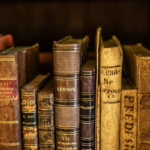

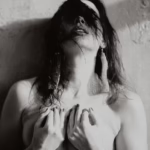










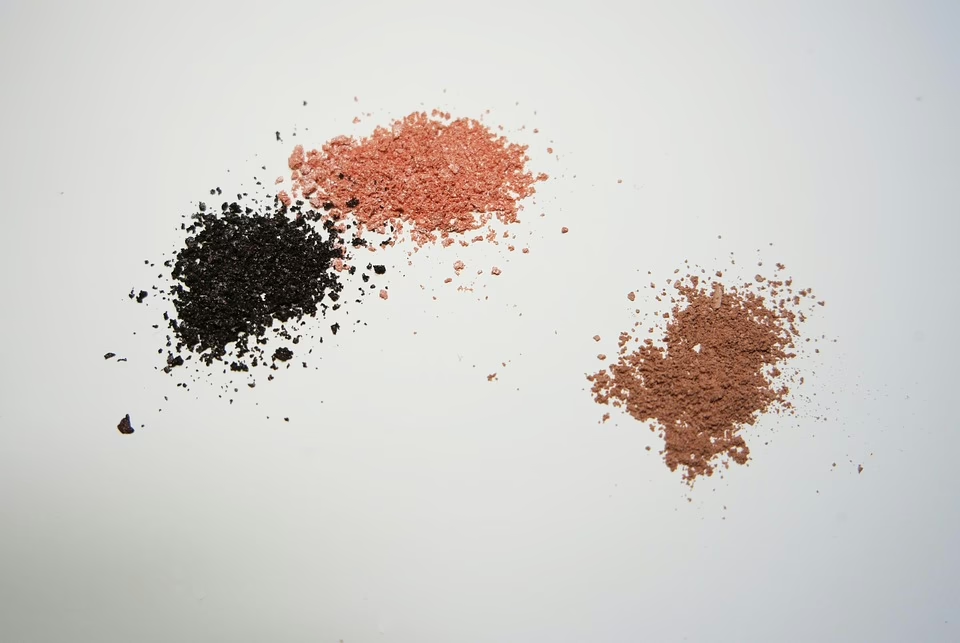
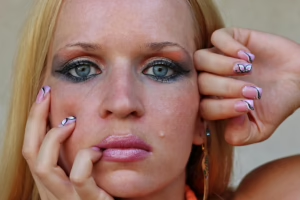

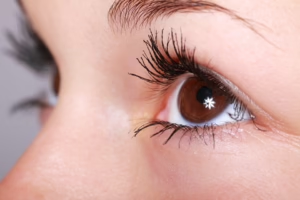

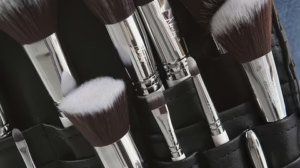
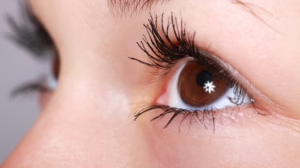




Add Comment